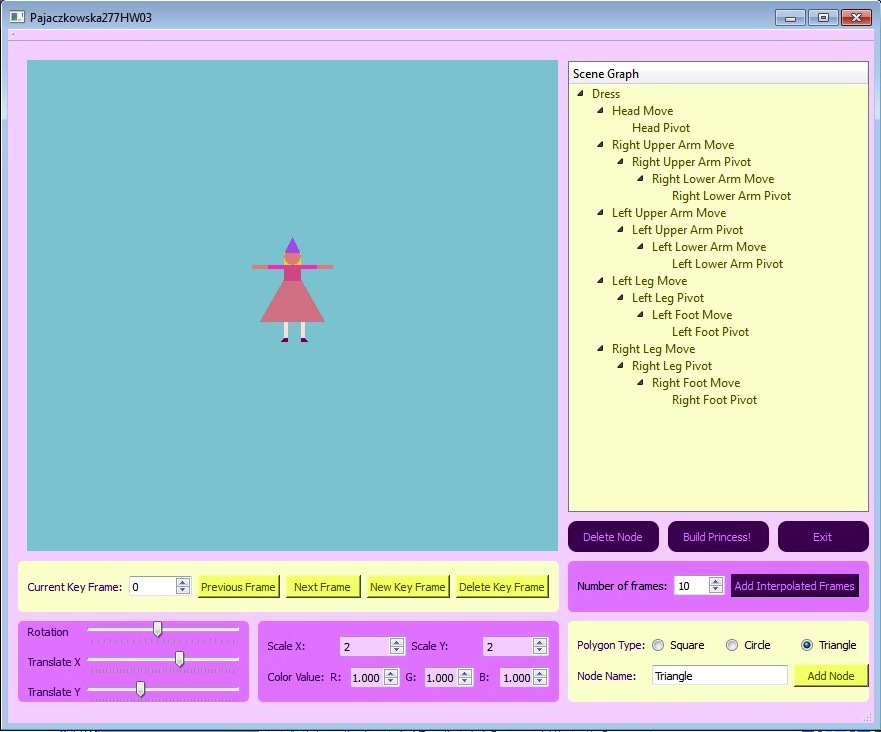Oh man it's the end! First of all, here's my final presentation video and a link to the hosted website, www.girlsbuilttech.com
Getting the site hosted was it's own ordeal (involving Amazon Web Service being a pain, figuring out how to get the proper port to load since Port 80 wasn't working, figuring out how to end a nohup process in linux, and general internet woes) but its up and running now.
Facebook sharing didn't work out as well as I would've like due to limitations on facebook's end, but I'm going to keep working on it even after submission.
I am very satisfied with the results of my project programmatically speaking. The games work well and could be expanded with relative ease. I feel the look of the site is appealing and I put some effort in to try and make it resizable for different sized viewing screens.
For future work I would obviously love to add more pages to include more women and more mini-games. I have been in touch with the producer and creator of “The Computers”, the documentary about the 6 women who programmed the ENIAC. I would also like the make a mobile-friendly version of the site, although that would take some serious artistic changes. Once I’ve included enough characters, I might also consider creating a login system that saves users’ progress in a database. I would also still like to add the reference page I have been working on, with links to websites such as Girls Who Code and Codecademy.com
I had a great semester working on this project and learned a lot about web programming that I didn't know before!

 Our ongoing CIS277 project is implementing a Scene Graph and creating a GUI to interact with it. At this stage the user can create and store keyframes, allowing them to create a digital flipbook. They can also batch add frames between two keyframes that will automatically be interpolated to create the beginning stages of motion tweening.
Our ongoing CIS277 project is implementing a Scene Graph and creating a GUI to interact with it. At this stage the user can create and store keyframes, allowing them to create a digital flipbook. They can also batch add frames between two keyframes that will automatically be interpolated to create the beginning stages of motion tweening.